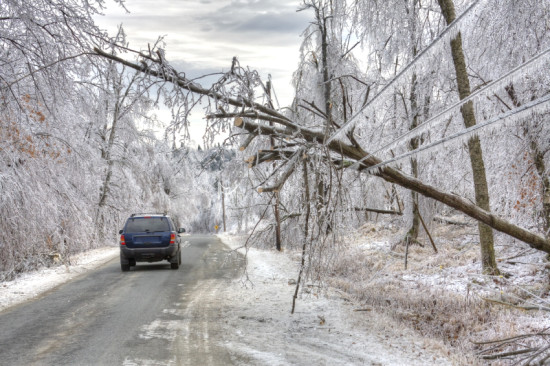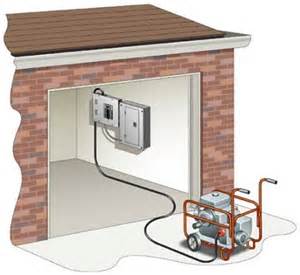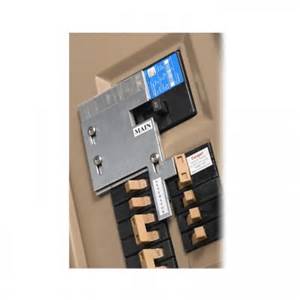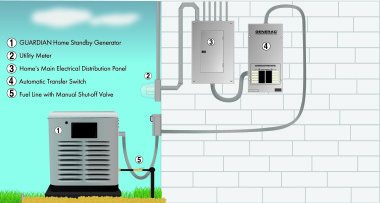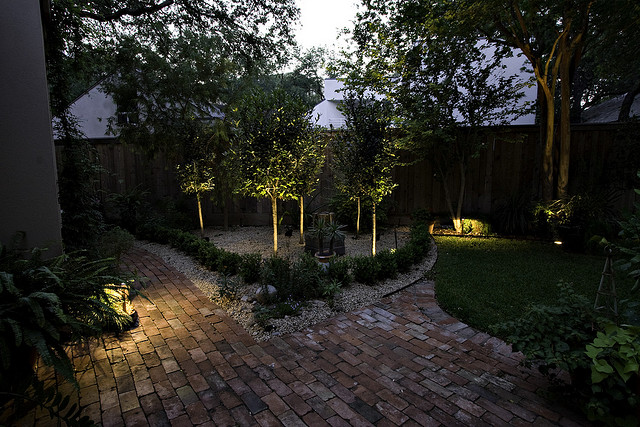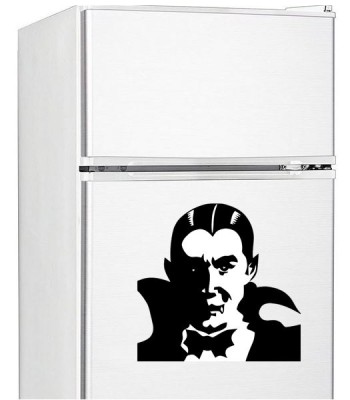 Daylight saving time is the practice of setting clocks forward an hour in order to maximize use of daylight hours. This year, it ends on November 2nd when clocks are set back an hour at 2:00 am. While you’re restoring your clocks to their original time, there are a few other things you should check around the house to maximize safety and energy efficiency.
Daylight saving time is the practice of setting clocks forward an hour in order to maximize use of daylight hours. This year, it ends on November 2nd when clocks are set back an hour at 2:00 am. While you’re restoring your clocks to their original time, there are a few other things you should check around the house to maximize safety and energy efficiency.
Smoke Detectors
This is the perfect opportunity to check all smoke detectors in your home. Change the batteries at this time each year to ensure each unit is fully functional in the event of a fire.
You should also take advantage of this opportunity to test your carbon monoxide alarm, since this time of year means your heating system will likely be in use.
Outlets
Make sure each outlet in your home is operational. If there are problems, it’s time to investigate whether or not a breaker switch has been flipped. If additional or advanced troubleshooting is required, it’s best to call a licensed electrician for answers. The same story holds true for your light switches and fixtures.
Don’t forget to check faceplates for visible signs of damage. It’s fairly simple to replace faceplates and this prevents things falling into the wiring while also helping spruce up the look of rooms where damaged faceplates can be found.
Lighting Timers
During the summer months, you set timers to later hours. However, as the days grow shorter, sunset comes earlier. Perhaps now is the time to reset timers in preparation for the winter months ahead.
Exterior Lighting
Check all exterior motion sensor lights to insure they are operating properly and turning on when they sense motion of cars or persons walking on the property.
Ceiling Fans
Now is the time to reverse the direction of your ceiling fans to rotate clockwise. This will distribute the rising, warm air and help save you on heating costs.
Time for a Bright Idea
While you’re working with interior and exterior lighting, now is a great time to consider making the move to a greener lifestyle. Start with the bulbs you use.
You may want to consider supplementing your exterior lighting with solar powered options while switching other exterior lights to LED lights. There are many new options available for homeowners to use inside the home for lighting, and LED provides many benefits worth considering.
The up-front costs of LED bulbs for the interior of your home are a little higher than CFLs or standard light bulbs. However, the long life of these bulbs combined with the energy savings they deliver more than makes up for the difference in cost in a short amount of time.
There are battery-operated lighting strips available that are perfect for task lighting under cabinets or inside cabinet doors and drawers. Look for new ways to avoid turning on the lights for quick trips to the kitchen and bathroom and your energy savings will increase.
If you need help with something more than changing a light bulb or faceplate, give us a call. Our team of expert electricians is ready to help you at 914-621-4482.


